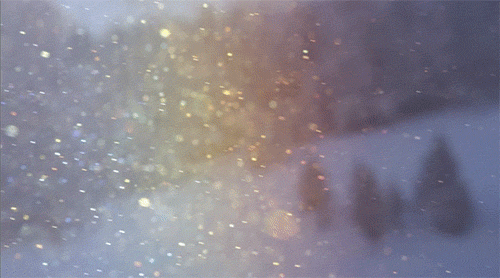I understand that clouds can be made out of water droplets and/or ice crystals. And that fog is nothing else than low-lying clouds.
However, I've experienced fog in a wide ranges of temperatures. I like mountaineering and you often get fog high in the mountains. I've been lucky enough to visit the high mountains of Antarctica and I've also experienced fog there at very low temperatures.
This answer (in the comments) and the fog wikipedia article mention that ice fog happens only at extremely low temperatures (-35 or -40 C). But I think I've experienced fog at those temperatures too. Some times, with the right light I've seen the air filled with tiny crystals, but I wouldn't call that fog, because it is very thin.
Then, as far as I can tell, all thick fogs feel and look the same. No matter if they are made out of ice crystals or water droplets. Is that right? Or is there a way to differentiate between ice/water fogs?
Or maybe contrary to what I think, I've never experienced frozen fog.
But: would I notice the difference if I were to ever experience it? How would they feel/look different?
Finally, if somebody also knows why water droplets can stay liquid in clouds down to -30°C, it would be great to learn about that too.





